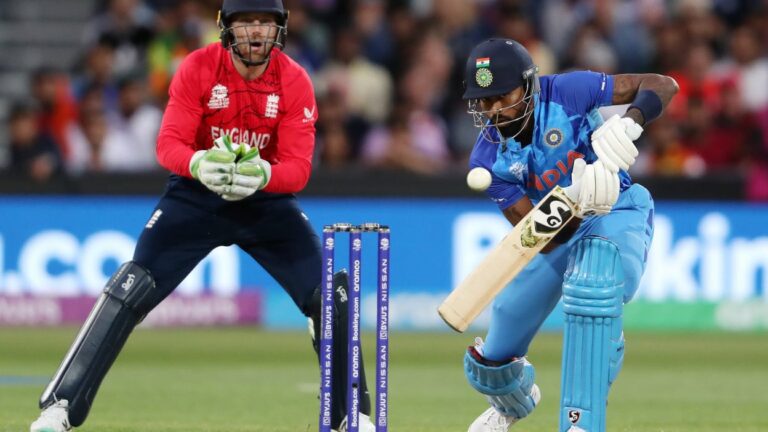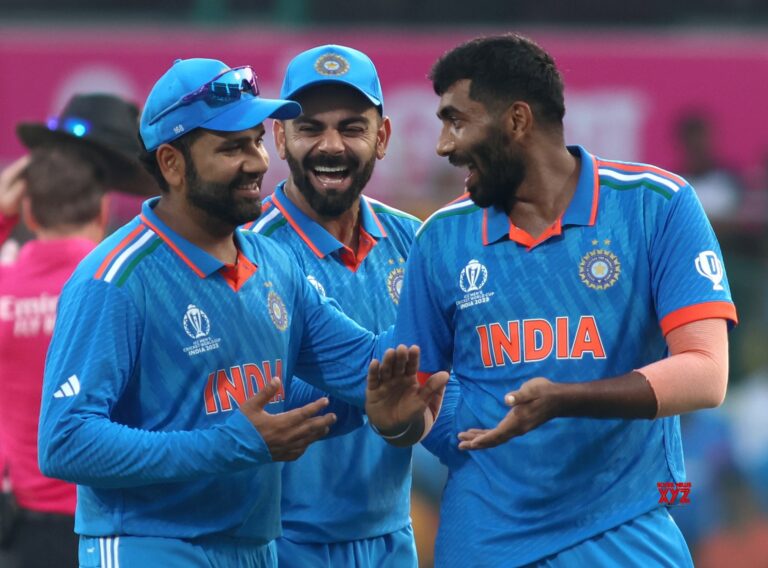Cricket Governance: Challenges and Reforms in Administration
Online Cricket ID, 11xplay: In recent times, cricket governance has faced significant challenges that have raised concerns among fans, players, and stakeholders alike. One of the key issues is the lack of transparency in decision-making processes within cricketing bodies. This opacity has led to questions regarding the accountability of officials and the fairness of their actions, casting a shadow of doubt on the integrity of the sport.
Additionally, the issue of conflict of interest has emerged as a pressing concern in cricket governance. With individuals holding multiple roles within cricket organizations, questions have been raised about their ability to make unbiased decisions that serve the best interests of the sport rather than personal agendas. This overlap of responsibilities has fueled debates on the need for stricter regulations to ensure transparency and ethical conduct within cricketing bodies.
Governance Structures in Cricket
Cricket governance structures play a pivotal role in shaping the direction of the sport. These structures are responsible for making crucial decisions that impact various aspects of the game, including player welfare, competition formats, and financial regulations. The composition of governing bodies within cricket often reflects the sport’s global reach, with representation from diverse regions and countries.
One key challenge faced by cricket governance structures is ensuring transparency and accountability in decision-making processes. The need to balance the interests of different stakeholders, including players, administrators, and fans, can sometimes lead to conflicts of interest. Additionally, the rapid evolution of the sport and the increasing commercialization of cricket present new challenges for governance structures to adapt and remain relevant in a fast-paced environment.
What are the key issues in cricket governance?
Some of the key issues in cricket governance include lack of transparency, conflicts of interest, financial mismanagement, and the need for better representation of all stakeholders in decision-making processes.
What are the governance structures in cricket?
The governance structures in cricket typically involve national cricket boards, international governing bodies like the International Cricket Council (ICC), and various committees and sub-committees responsible for different aspects of the sport such as finance, marketing, and development.
How do governance structures in cricket impact the sport?
Governance structures in cricket play a crucial role in shaping the direction and growth of the sport. Effective governance can help ensure fair play, transparency, and accountability, while poor governance can lead to corruption, mismanagement, and damage to the reputation of the sport.
What can be done to improve governance in cricket?
To improve governance in cricket, stakeholders need to work together to address issues such as transparency, conflicts of interest, and accountability. This may involve implementing better governance practices, enhancing oversight mechanisms, and promoting greater inclusivity in decision-making processes.







